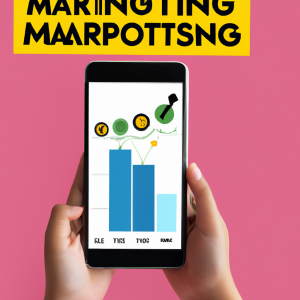
Guide to Investing in Bonds and Fixed-Income Securities
How to Invest in Bonds and Fixed-Income Securities
Understanding Bonds and Fixed-Income Securities
Bonds and fixed-income securities are debt instruments issued by governments, municipalities, corporations, and other entities to raise capital. Investors who purchase bonds are essentially lending money to the issuer in exchange for regular interest payments and the return of the principal amount at maturity.
Types of Bonds and Fixed-Income Securities
There are various types of bonds and fixed-income securities, including:
- Government Bonds: Issued by governments to finance public projects.
- Corporate Bonds: Issued by corporations to raise capital for business operations.
- Municipal Bonds: Issued by municipalities to fund local infrastructure projects.
- Treasury Bonds: Issued by the U.S. Treasury to finance government spending.
Steps to Invest in Bonds and Fixed-Income Securities
1. Determine Your Investment Goals
Before investing in bonds and fixed-income securities, it’s essential to establish your investment goals, risk tolerance, and time horizon. This will help you determine the type of bonds that align with your financial objectives.
2. Research Available Bonds
Research different types of bonds and fixed-income securities to find investment options that suit your preferences. Consider factors such as credit ratings, yields, maturity dates, and issuer information.
3. Open a Brokerage Account
To invest in bonds and fixed-income securities, you’ll need to open a brokerage account with a reputable financial institution. Choose a brokerage that offers a wide selection of bonds and competitive pricing.
4. Place Your Order
Once you’ve selected the bonds you want to invest in, place an order through your brokerage account. You can buy bonds through the primary market (directly from the issuer) or the secondary market (from other investors).
5. Monitor Your Investments
After purchasing bonds and fixed-income securities, keep track of your investments to ensure they are performing as expected. Monitor interest payments, bond prices, and market conditions to make informed decisions about your portfolio.
Conclusion
Investing in bonds and fixed-income securities can be a valuable addition to your investment portfolio, providing steady income and diversification. By understanding the different types of bonds, conducting thorough research, and monitoring your investments, you can build a well-rounded fixed-income portfolio that aligns with your financial goals.

